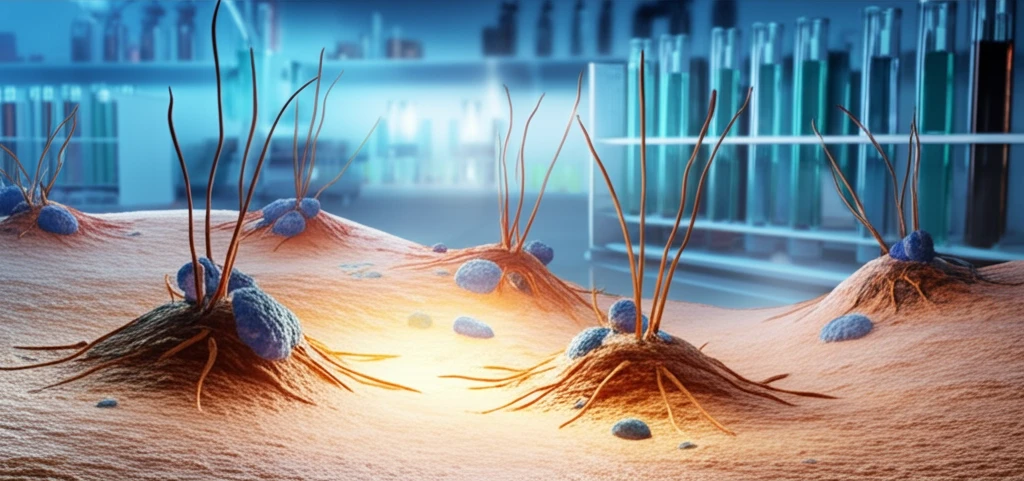
Platelet-Rich Fibrin Matrix: A Revolutionary Treatment or a Hidden Risk in Urology?
"Exploring the Safety and Efficacy of Platelet-Rich Fibrin Injections for Common Urologic Conditions and Post-Prostatectomy Care"
The field of urology is constantly evolving, with researchers exploring innovative treatments for common conditions such as erectile dysfunction (ED). One such treatment that has garnered attention is the use of platelet-rich fibrin matrix (PRFM) injections. A recent study highlighted the potential of PRFM as a safe and effective modality for addressing various urologic issues.
Platelet-rich fibrin matrix is derived from a patient's own blood and contains a high concentration of growth factors, which are known to promote tissue regeneration and healing. In the context of urology, PRFM injections have shown promise in facilitating nerve regeneration and improving erectile function, particularly in cases where nerve damage has occurred.
However, questions arise regarding the safety of using platelet-rich concentrates in patients who have undergone radical prostatectomy for cancer. Radical prostatectomy involves the surgical removal of the prostate gland, and while it is an effective treatment for prostate cancer, it can sometimes lead to complications such as ED. Considering that PRFM contains growth factors that could potentially stimulate tumor growth, it is essential to carefully evaluate the risks and benefits of using this treatment in post-prostatectomy patients.
Growth Factors: A Double-Edged Sword?

Platelet-rich concentrates have gained recognition as effective tools for tissue regeneration, yet their safety regarding tumorigenicity and cancer recurrence remains a topic of ongoing research. Multiple studies focusing on cancer growth, progression, recurrence, and postoperative survival rates have highlighted the critical role of the tumor stroma—the microenvironment surrounding the tumor—in cancer development. Therefore, understanding how platelet-derived growth factors impact this environment is crucial.
- Stimulating Angiogenesis: Encouraging the formation of new blood vessels, which can supply nutrients to tumors.
- Enhancing Tumor Lymphangiogenesis: Promoting the development of lymphatic vessels around tumors, potentially aiding metastasis.
- Regulating Cell Biology Processes: Influencing cell differentiation, migration, and even survival, which can impact tumor growth and spread.
Future Directions: Balancing Hope and Caution
Further research is needed to fully understand the role of PRP in nerve regeneration after tumor excision. Future investigations should include experimental studies and large-scale prospective randomized clinical trials to rigorously evaluate both the potential benefits and risks. Using novel in vivo tumor models could help elucidate the complex processes triggered by oncogene activation and provide insights into the interplay between tumor cells and their microenvironment. By continuing to explore these critical questions, we can ensure that innovative treatments are both effective and safe for all patients.
